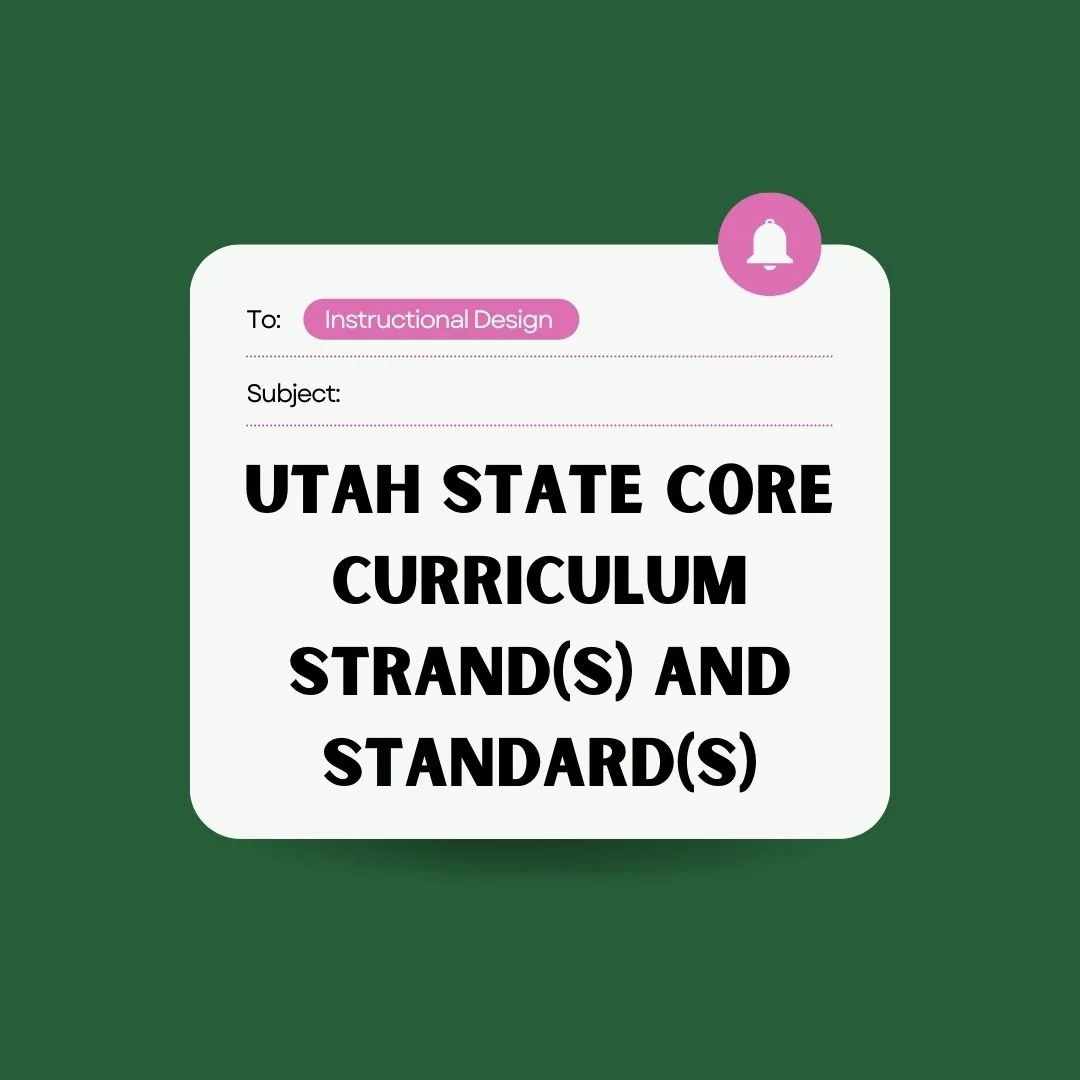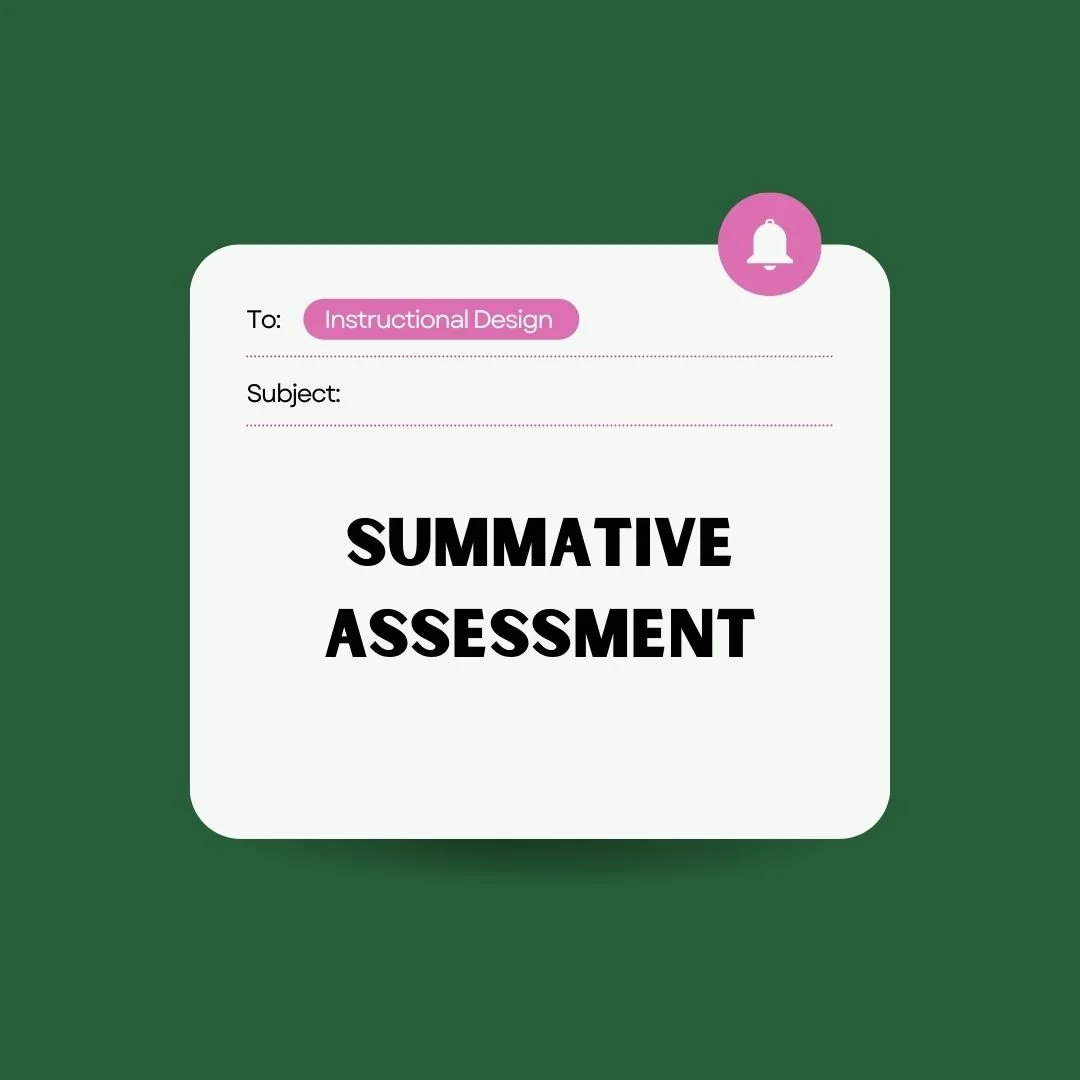The Utah Core Standards are developed by the Utah State Board of Education on behalf of the Utah Legislature. The Utah Core Standards provide a scaffolded list of standards that each teacher must teach in a grade level or content area. We typically use the Utah Education Network website to find those standards.
Standards (called ‘strands’ in some content areas) are typically a group of related objectives that are taught together or systematically over a period of time (often called a ‘unit’ of instruction). The larger standard is included in each, individual lesson plan because it is important to see how your single-day lesson’s learning goal/objective contributes to the teaching of the larger, complete standard.
Depending on the subject area, you may teach a single standard in a day (more likely over multiple days) or part of a larger standard in a day. You may also choose to combine several standards. These are instructional decision made by the teacher - who knows his/her/their students well. All standards need to be taught within a single, academic year, but the teacher’s understanding of the students will determine how fast or slow progressing through the standards needs to happen.
Districts may provide a pacing guide to help you plan your instruction for the year. Remember that it is only a guide. Knowing your students and what they can and cannot do is a better way to plan, but having a pacing guide is a good place to start. Most classrooms in your grade level will stay at (or nearly at) the same place within the pacing guide - especially in English Language Arts and Math. If you are a day or two behind, it’s okay…just be ready to support the reason why with student data.
Many times your students will surprise you by catching on to new material quickly. There will also be times when they will need some extra time. Be sure to offer as much grace as possible, knowing your instructional planning is based on your students and what they need, not necessarily a pacing guide.
*Every lesson plan must include the full standard from the Utah Core Standards (the coding number and the word-for-word standard) - even if you are only teaching a part of that standard in the lesson that follows.
*Be sure to indicate underneath the standard if you are specifically teaching part of the standard or if you are spending multiple days on the standard. This helps the reader understand that one lesson shouldn’t cover every piece of the standard. For example: This is lesson two of three for this standard. In day one, students learned XXXX and in day three we will focus on XXXX.
*THIS section is big picture. Your lesson’s specific goal will be included further down on the template in the “Intended Learning Outcomes” section. That is where you will define what your students will know and be able to do by the end of the lesson.
Summative assessment in lesson planning refers to the evaluation of student learning and achievement at the end of a unit, course, or instructional period. It is typically used to assess students’ overall understanding of the content, their mastery of specific learning objectives, and their ability to apply their knowledge and skills in a comprehensive manner.
Summative assessments focus on learning that has happened over time; they provide a snapshot of students’ overall performance. Summative assessments are assessments OF learning. Summative assessments often test a wide range of topics, concepts, and skills.
Summative assessments provide feedback to both students and teachers. Students receive feedback on their performance, strengths, areas for improvement, and areas of mastery. Teachers use the results of summative assessments to evaluate the effectiveness of their instruction, identify areas for instructional improvement, and make decisions about future teaching strategies.
Summative assessments should consider the diverse needs and abilities of students. Teachers may need to apply different strategies to accommodate learners with special needs, provide additional support or enrichment, or adjust assessment methods to ensure fairness and accuracy.
Verbs are important! Summative assessments need to use verbs that match the verbs in the standards. If a standard is asking students to build a model, the summative assessment needs to be students building a model. If a standard uses the verbs compare and contrast, students need to be comparing and contrasting on the summative assessment. Teachers may need to adjust pre-written exams that come with learning materials to match the expectations of their teaching. It’s not fair to surprise kids on assessments with language or strategies or situations with which they have had not previous contact.
Examples of summative assessment: chapter tests, unit tests, project presentations, portfolios, culminating projects, final exams, standardized tests, the Praxis, the ACT, etc.
*Provide a few sentences (or a short paragraph) that describes what students will be doing on the summative assessment. This needs to be aligned, specifically, with the standard.
*Match up those verbs (see above).
*Provide a question or two or describe the requirements of a presentation or project if that’s how you choose to assess. If you include a test question or two, be sure that students are able to respond in a meaningful way - explaining their thinking - rather than choosing A, B, C, or D.
*Be mindful of how long your summative assessments will take to complete; depending on the age of your students, a summative assessment would probably NOT take an entire class period.
Central Focus: The purpose of the central focus is to briefly describe the main content focus of the lesson (likely only a few words). For example: industries during the civil war, multiplication with arrays.
Goal Statement: The purpose of the goal statement is for you to consider how a lesson plan connects to other learning and the context in which the learning is grounded. The goal statement typically answers four questions (they can be answered in any order):
What is being learned? Describe concept and/or practices/dispositions you are teaching your students in this lesson.
Why is it important? Describe the purpose for teaching this concept and/or practices/dispositions.
How does it relate to what has already been learned? Describe what learning/understanding this lesson will build on either from the previous grade or earlier in this year.
Where is this learning going? Describe how students will use/apply their learning in the future (later this year, in future grades, or in their own lives) and/or how they will make connections to other content within or across the subject area or to the real world.




